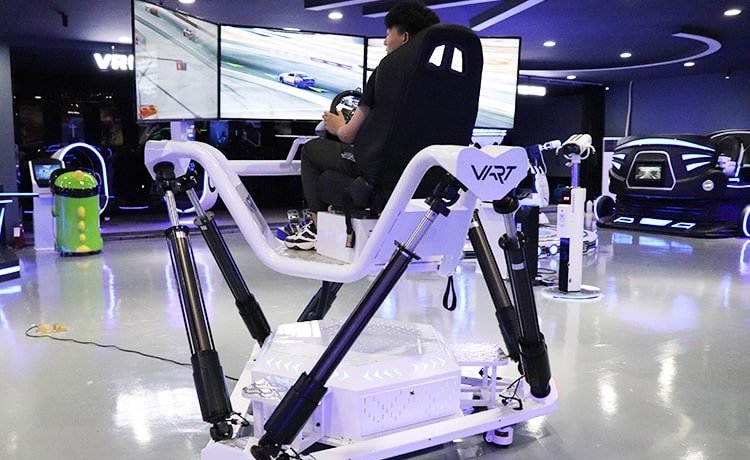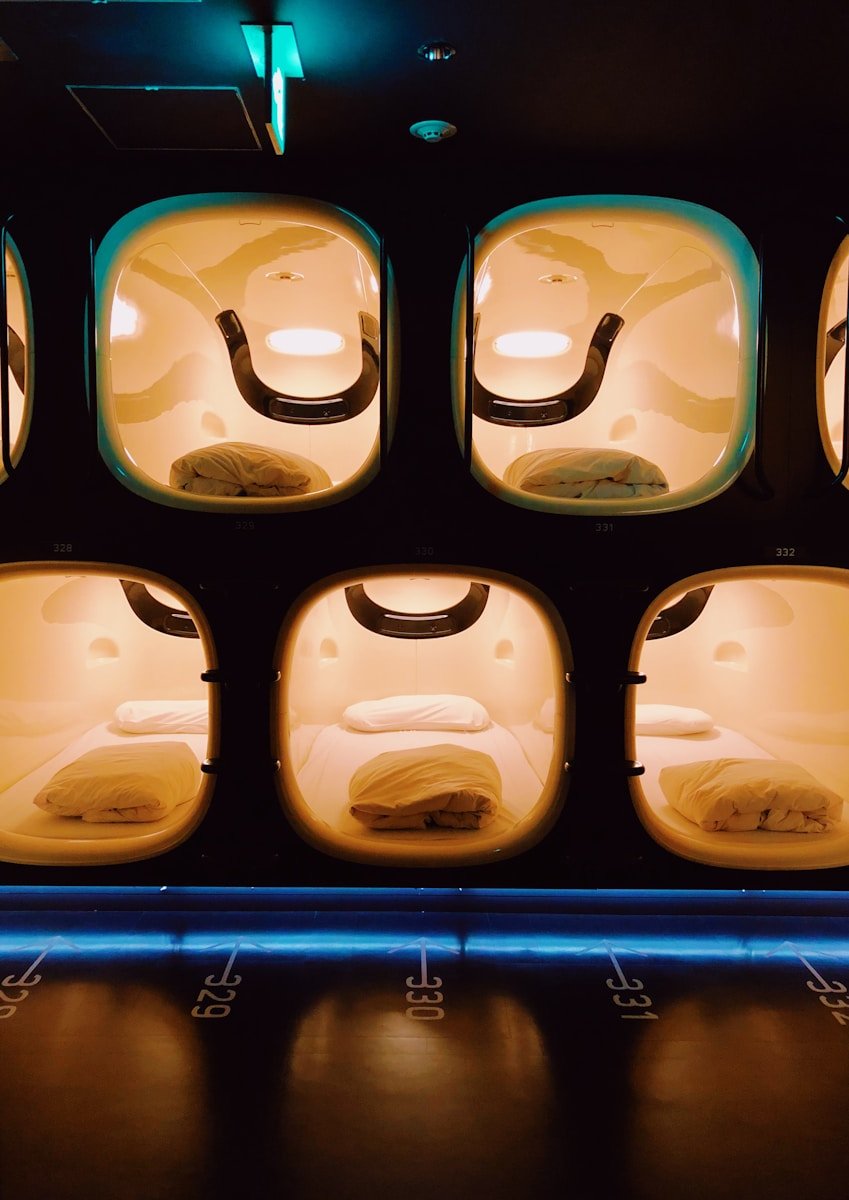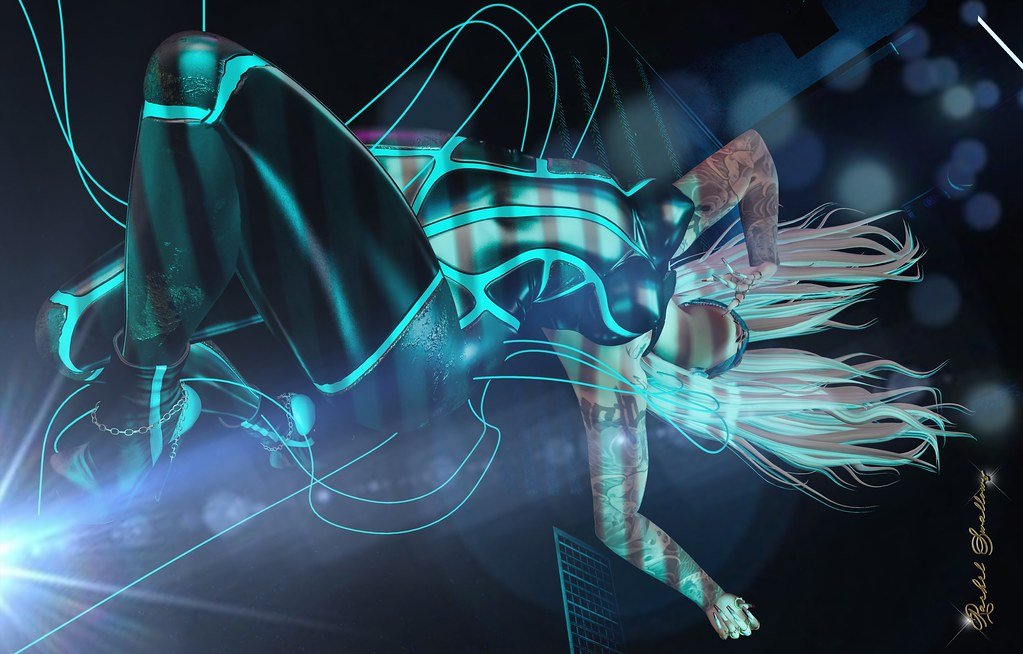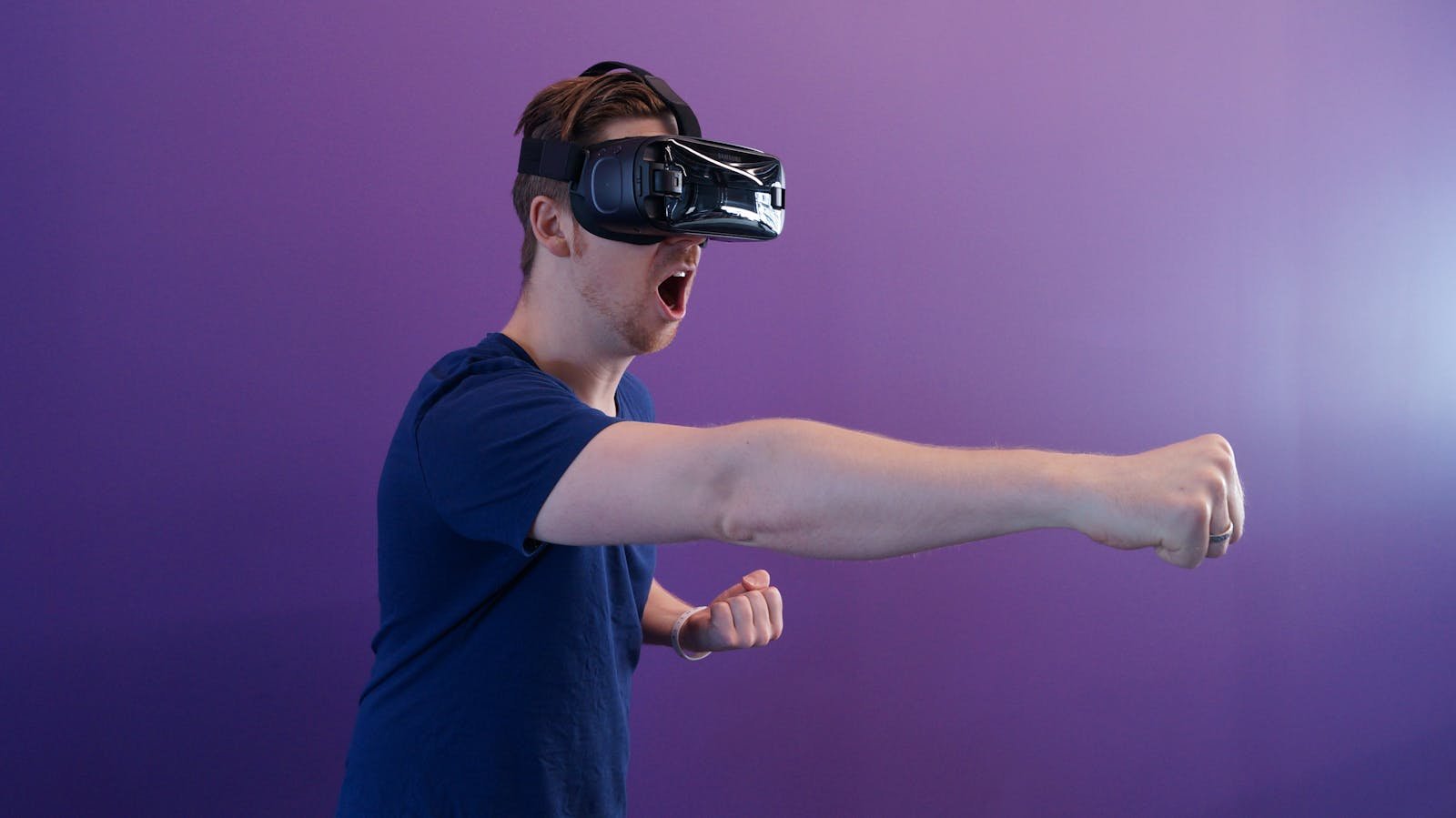2DOF, 3DOF, and 6DOF motion simulators refer to different types of motion platforms used in simulating movement and creating immersive experiences. The terms “DOF” stands for “Degrees of Freedom” and represents the number of independent axes along which the simulator can move.
2DOF (Two Degrees of Freedom)
A 2DOF motion simulator has two independent axes of motion, typically pitch (up and down) and roll (side to side). This type of simulator can replicate the sensation of tilting forward and backward as well as leaning to the sides. It provides a basic level of motion simulation but lacks the ability to simulate heave (vertical movement) and lateral translation.
- Suitable for basic motion simulation experiences.
- Commonly used in amusement park rides, arcade games, and entry-level home simulators.
- Provides a basic sense of motion and can enhance the immersion in simple driving or flight simulations.
- Limited in replicating complex movements but can still add some dynamics to the experience.
3DOF (Three Degrees of Freedom)
A 3DOF motion simulator adds another degree of freedom to the 2DOF platform, usually heave (vertical movement). With pitch, roll, and heave, a 3DOF simulator can provide a more immersive experience by simulating the feeling of acceleration, deceleration, and lifting off the ground. However, it still lacks the ability to simulate lateral movement.
- Suitable for more immersive experiences than 2DOF simulators.
- Often used in professional racing and flight simulators, as well as some entertainment venues.
- Adds vertical movement (heave) to the pitch and roll axes, providing a better sense of acceleration, deceleration, and lifting off.
- Can enhance the feeling of being on a roller coaster, driving over bumps, or taking off in an aircraft.
6DOF (Six Degrees of Freedom)
A 6DOF motion simulator is the most advanced and versatile type. It offers six independent axes of motion: pitch, roll, heave, surge (forward and backward), sway (side to side), and yaw (rotation around the vertical axis). A 6DOF simulator can reproduce a wide range of movements and create highly realistic experiences. It allows for realistic flight simulation, driving simulation, and virtual reality experiences by replicating all possible movements and rotations in three-dimensional space.
- Suitable for high-end and realistic simulation experiences.
- Widely used in professional training and simulation applications, such as military, aerospace, and advanced driving or flight simulators.
- Provides the most comprehensive and realistic motion replication, including pitch, roll, heave, surge, sway, and yaw.
- Enables precise and accurate simulation of complex movements and allows for a more immersive and true-to-life experience.
- Offers a wide range of applications, from virtual reality (VR) gaming and entertainment to professional training and research.
In summary, the main difference between 2DOF, 3DOF, and 6DOF motion simulators lies in the number of independent axes of motion they can replicate. The higher the number of degrees of freedom, the more realistic and immersive the simulation can be. However, it’s worth noting that higher degrees of freedom generally come with increased complexity, cost, and space requirements.







